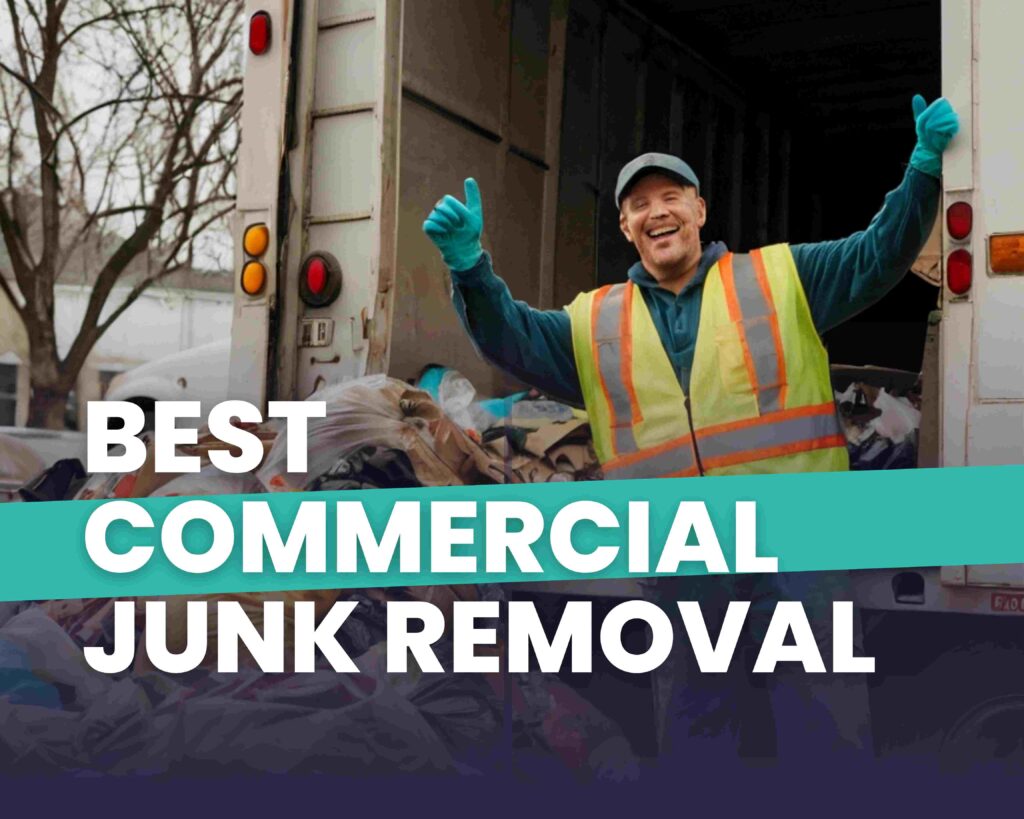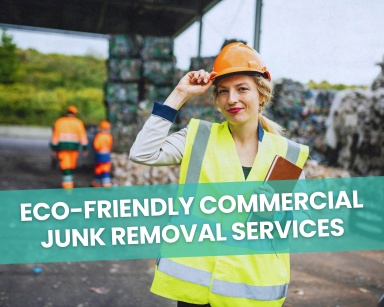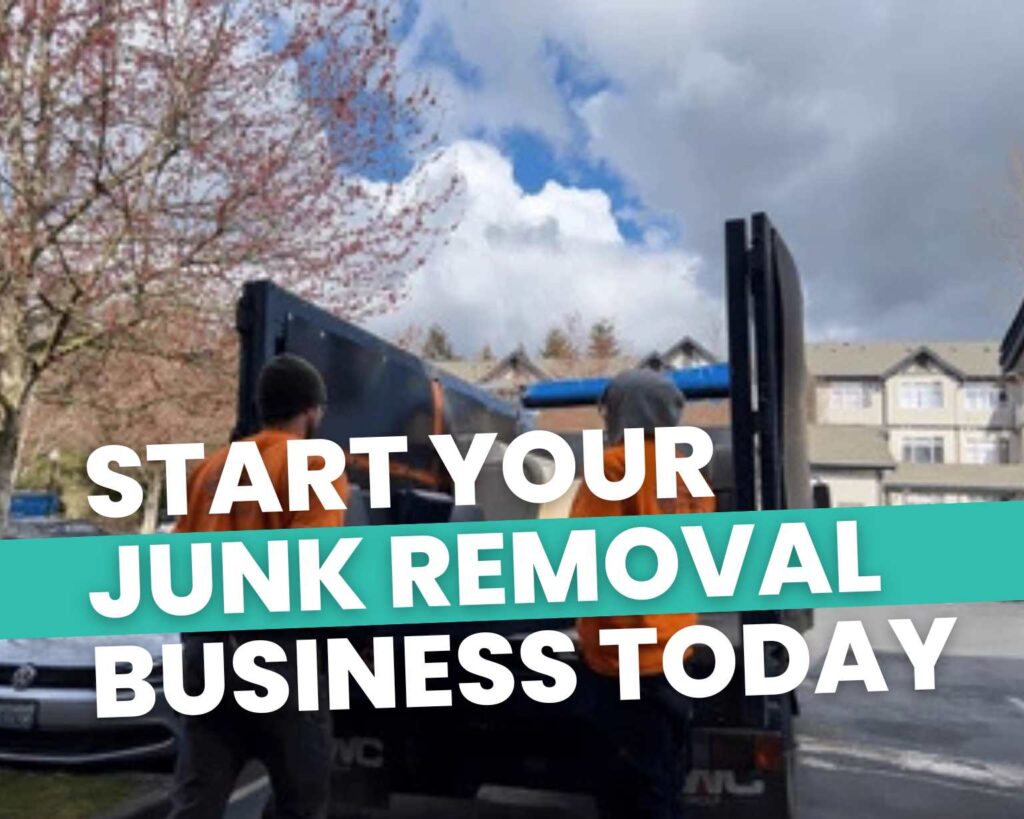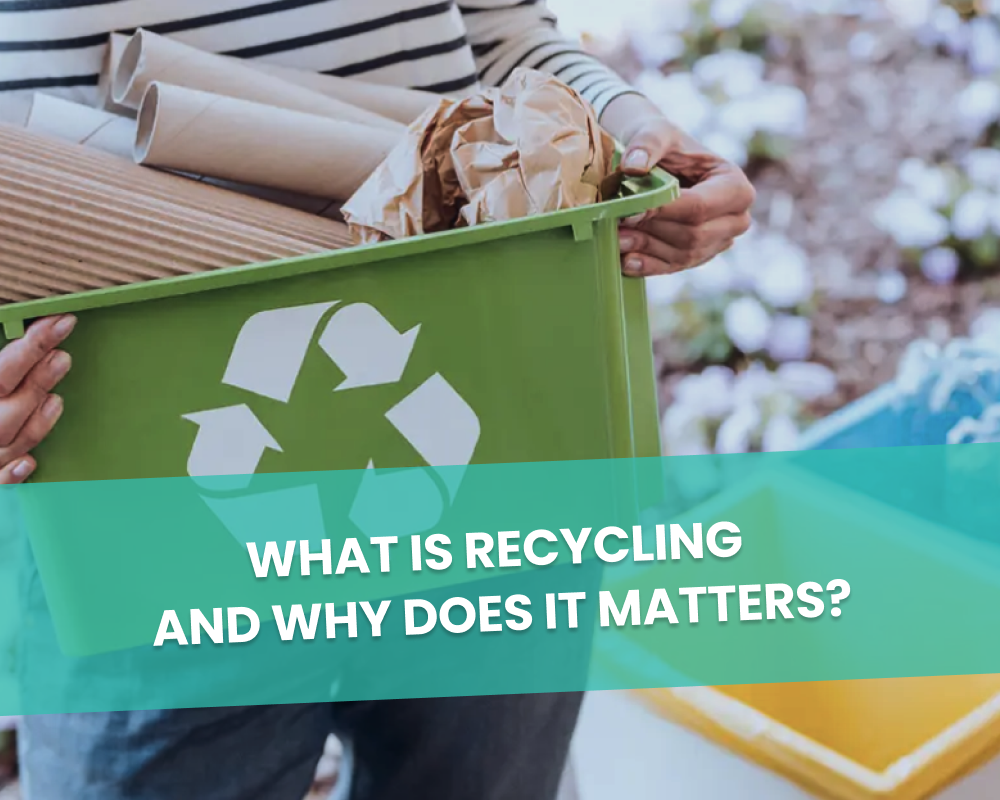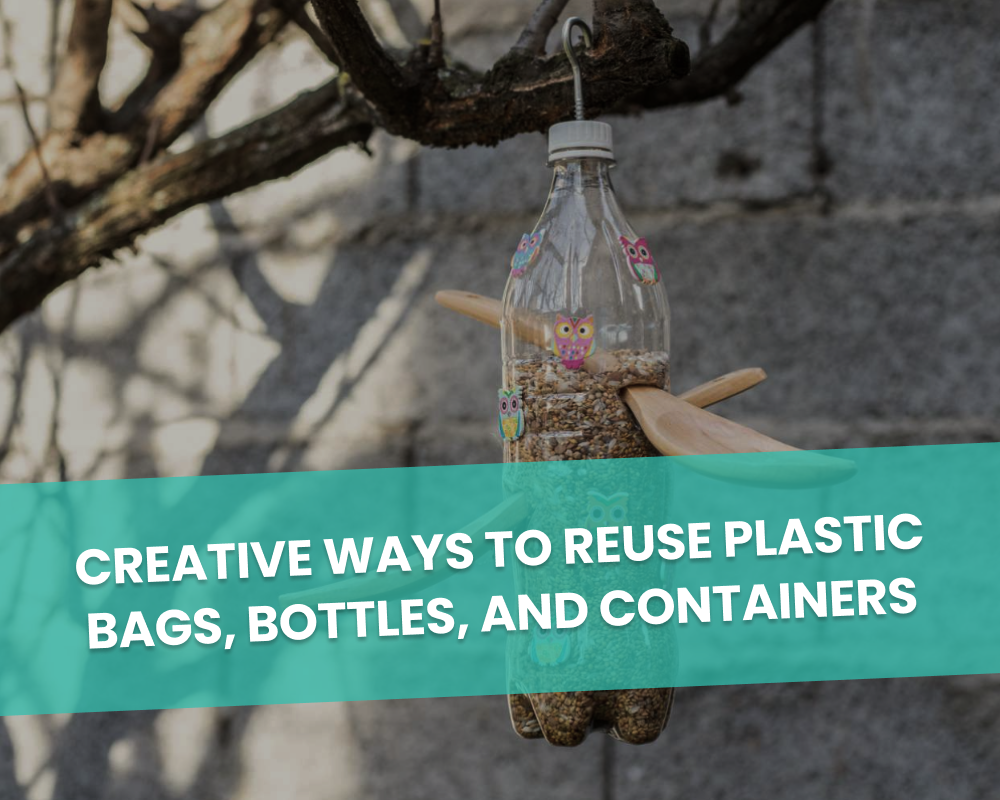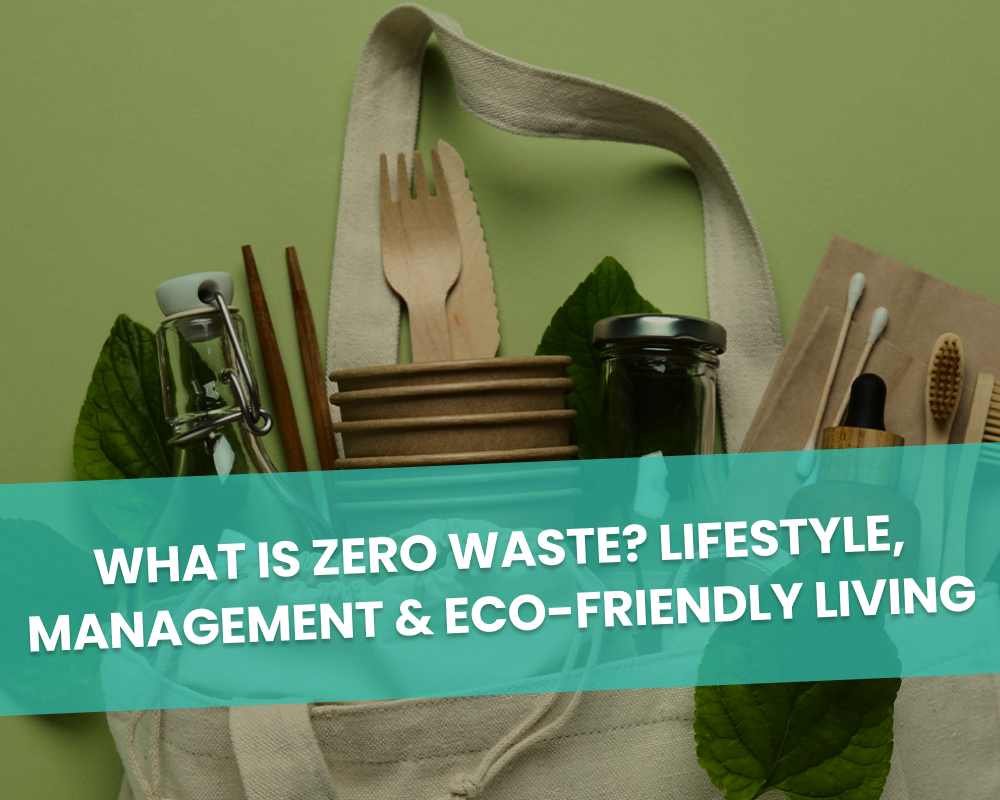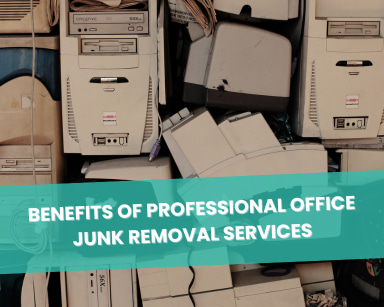How to Convert Slow-Moving and Unwanted Inventory Into Tax Deduction: Beyond Commercial Liquidation

Jessica Gonzalez
Global Chief Executive | Founder Happen Ventures
Table of Contents
The Age-Old Struggle with Excess Inventory
Let’s face it, every business, at some point, faces the challenge of excess inventory. From the newest e-commerce startups to the world’s retail giants, surplus products can be a nightmare. Not only do they tie up capital, but they also occupy valuable space and can decrease the perceived value of a brand. While many consider the path of commercial liquidation to address this issue, it often comes with its own set of challenges. But what if there was a way to turn this challenge into a unique opportunity?
Traditional Commercial Liquidation: Not Always the Best Bet
The common route many businesses consider is liquidation. This process might recoup some costs, but let’s be honest, it’s not without its pitfalls:
- Diluted brand value: Selling products at significantly reduced prices can undermine a brand’s image.
- Cost inefficiencies: While it can recover 5-10% of product costs, the expenses involved often eat up the savings.
- Logistical nightmares: Lengthy processes can tie up resources and raise holding costs.
The Hidden Repercussions of Liquidation
Beyond the tangible costs and brand implications, traditional commercial liquidation has its subtle cons. The sale of products at slashed prices can flood the market, causing a saturation that can hinder the sales of newer product lines. Plus, there’s the indirect message sent to consumers – that your products might be worth waiting for until they’re heavily discounted, rather than purchasing them at full price.
Introducing Beneficial Reuse: The Game Changer
Beneficial reuse isn’t just another buzzword. It’s a fresh, revolutionary approach that addresses the problems faced by businesses with excess inventory.
- Transforming products: Giving unwanted inventory a new lease on life.
- Environmental Impact: No incineration, no landfills but pure sustainability.
- Community Engagement: Boosting brand image by directly aiding communities.
- Operational efficiency: With turnaround times of just 3-5 days, you free up space faster.
- Tax benefits: Earn up to 17.5% of your total donation in tax credits.
The Philosophy Behind Beneficial Reuse
Beneficial reuse isn’t just about managing excess stock. It’s a philosophical pivot in how businesses view their unsold products. Instead of seeing them as ‘waste’, the shift is towards seeing them as ‘resources’ – resources that can fuel charitable endeavors, empower underserved communities, and breathe life into sustainability drives.
Understanding the Real Cost of Waste
Many businesses underestimate the actual cost of waste. Beyond the obvious costs of holding or disposing of excess inventory, there are less apparent but significant financial burdens:
- Environmental taxes: With a growing global focus on sustainability, penalties are harsher.
- Logistical costs: Moving products to incineration sites or landfills isn’t free.
- Carbon footprint: The environmental costs can translate to monetary ones.
- Lost opportunity: Inventory that isn’t moving is capital that’s not being used for growth.
The Silent Screams of Overstock: Emotional Costs
Behind the statistics lie human stories. Unsold inventories can demotivate teams, making them question the efficacy of their strategies. Moreover, witnessing products, into which countless hours of labor have gone, ending up as waste can be disheartening. Embracing solutions like beneficial reuse can boost morale, reminding teams of the broader impact of their work.
How Beneficial Reuse Stands Against Other Solutions
Beneficial Reuse doesn’t just stand tall, it overshadows alternatives:
- Tax Credits: Get up to 17.5% of your total donation, often surpassing savings from liquidation.
- Faster Turnaround: No more waiting for months. 3-5 days and you’re free of excess inventory.
- Stronger brand image: Engage directly with communities, enhancing brand value.
Stories from the Ground
Every item that’s repurposed touches lives. Like the tale of a school in a developing nation receiving books and stationery, once destined for landfill. Or the story of a struggling family, uplifted by household goods they couldn’t afford. These tales aren’t anomalies; they’re daily success stories echoing the transformative power of beneficial reuse.
Harnessing the Power of Beneficial Reuse with Happen Ventures
Happen Ventures isn’t just another company. It’s a mission-driven entity committed to changing the face of inventory management.
- Local Engagement: By partnering with charities, we ensure products find the right hands.
- Major Savings: Up to 50% on waste management expenditures.
- Reshaping Economies: From linear to circular, minimizing waste and optimizing resources.
Practical Steps to Engage with Beneficial Reuse
Ready to take the plunge? Here’s how you can integrate beneficial reuse into your business model:
- Identify the excess: Catalogue items destined for recycling, incineration, or landfill.
- Connect with a partner: Entities like Happen Ventures can guide the process.
- Spread the word: Let your stakeholders know about the positive change you’re driving.
- Reap the benefits: From tax credits to a boosted ESG score, the rewards are many.
Choosing the Path Forward
Traditional commercial Liquidation has been the go-to for businesses for decades, but it’s time to shift the narrative. Beneficial reuse offers a way to not just eliminate excess inventory but to do so in a way that aligns with the values of modern consumers and global environmental needs. It’s not just about clearing space, but about making an impact – on your bottom line, on communities, and on the planet.
With Happen Ventures by your side, transforming unwanted inventory into powerful community assets is not just a dream. It’s a tangible, effective, and socially responsible reality.

